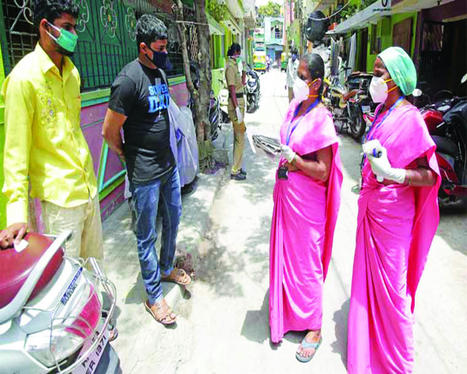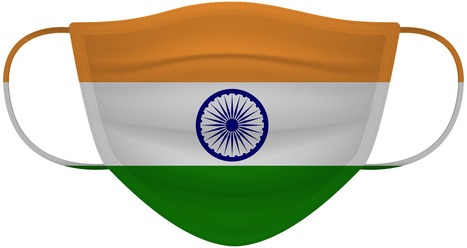The CEO, of Lupin Digital Health, Sidharth Srinivasan, spoke with ETHealthworld. about how the perception of cardiac rehab is witnessing a significant shift. He spoke about the major insights and adoption trends registered over one year since the launch of their digital therapeutic platform Lupin's Lyfe.
Summarizing their talk, he mentioned that the program has grown in 3 ways:
1. the acceptance of digital interventions has increased in the cardiology community. Over 700 cardiologists across 20 cities actively prescribe Lupin’s LYFE, our digital therapeutics, and more than 90 per cent of patients are satisfied with the service.
2. conducted and published real-world evidence studies, including two trials and two consensus statements.
3. LDH has been able to reach out to patients, with around 5000 patients signing up for months of rehab.
His comments also shed light on some of their plans for the the future which included plans to conduct India's largest digital therapeutic study, involving around 1000 patients, to comprehensively showcase the impact of digital therapeutics on cardiac rehab.
He mentioned that Lupin was actively utilising technology to simplify backend processes, among which was the use of AI to analyse patient reports.
read the entire unedited version of interaction here: https://health.economictimes.indiatimes.com/news/pharma/pharma-industry/lupin-digital-health-planning-indias-largest-study-on-impact-of-digital-therapeutics-on-cardiac-rehab/108653359



 Your new post is loading...
Your new post is loading...















Digital health in India is increasing. But this specific case interested me a lot as its about the use of Digital Health via a pharmaceutical company within India. That's a big change from years ago. I still think there is a long way to go. They still seem to be thinking of Digital as primarily a marketing medium or an enable-ment engine rather than a way of practicing healthcare. But the wheels seem to be moving forward.